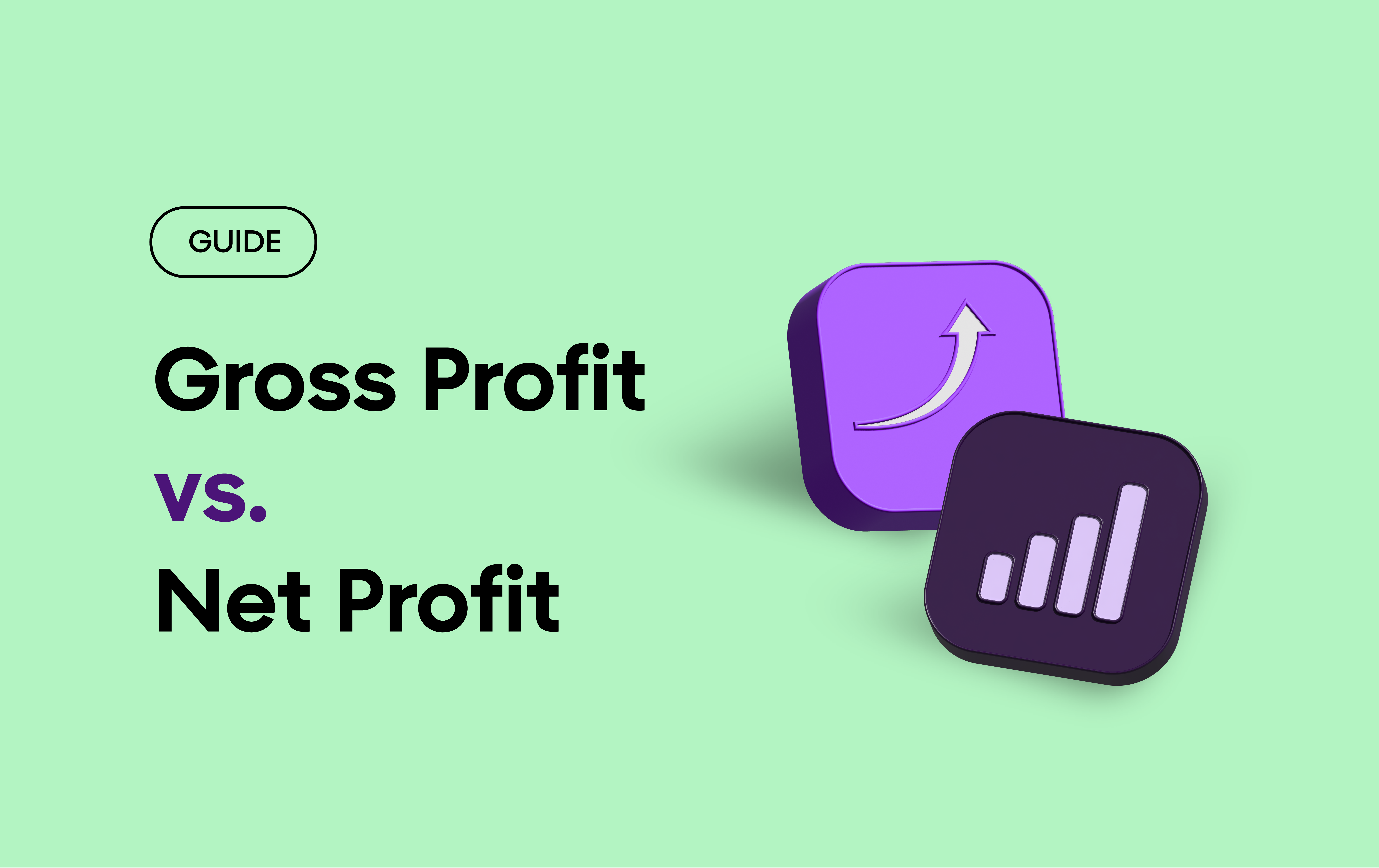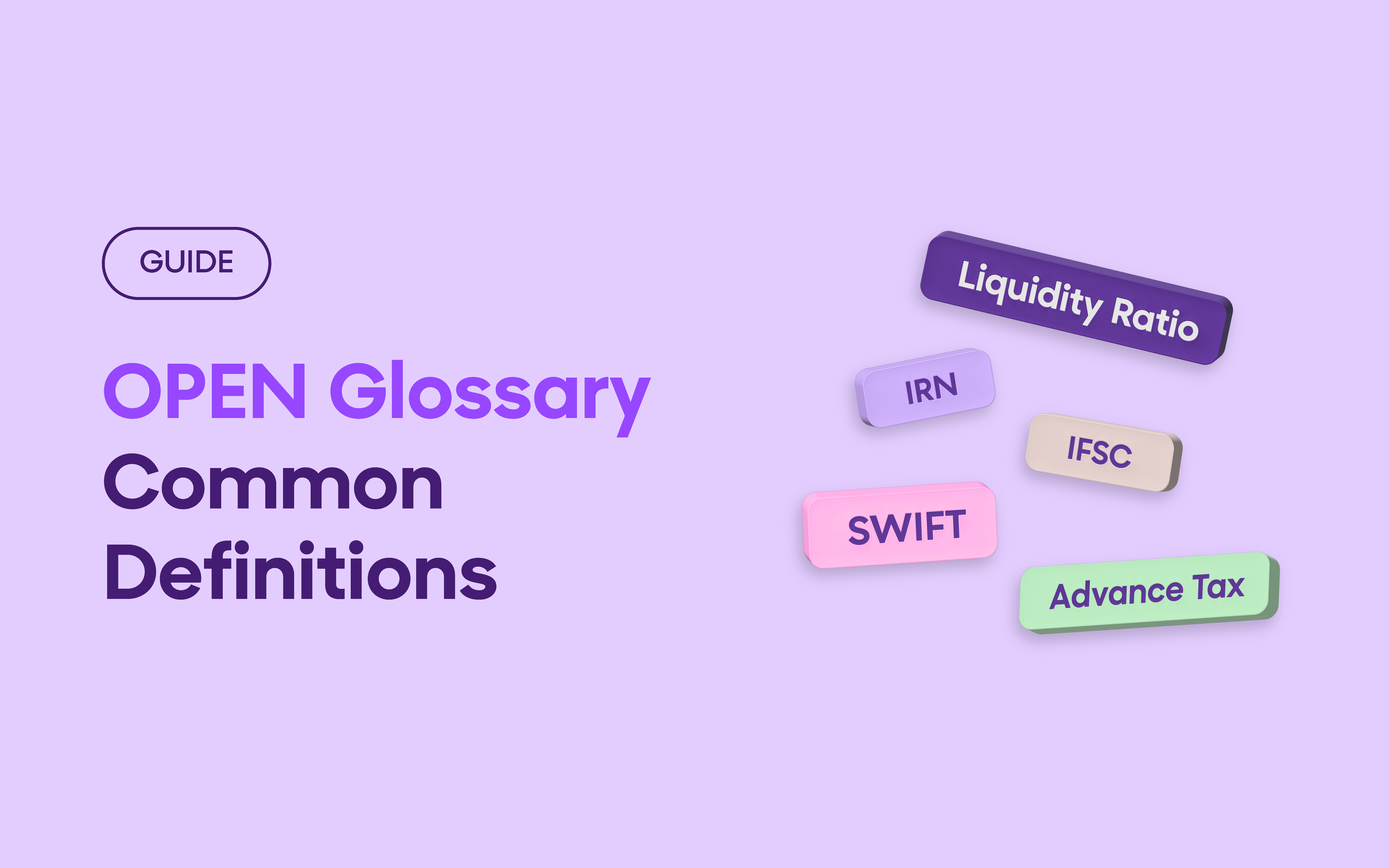Understanding the financial health of your business is crucial for making informed decisions and strategizing for growth. Two fundamental metrics that provide insight into your company’s profitability are gross profit and net profit. They serve distinct purposes in financial analysis.
What Is Gross Profit?
Gross profit represents the revenue remaining after deducting the cost of goods sold (COGS), which includes direct expenses like raw materials and direct labor involved in production. It reflects the efficiency of your core business operations, excluding indirect costs such as administrative expenses, taxes, or interest payments.
Calculating Gross Profit – Gross Profit Formula
Gross Profit = Revenue − Cost of Goods Sold (COGS)
Example:
If your company generates ₹5,00,000 in revenue and incurs ₹3,00,000 in COGS, the gross profit would be:
₹5,00,000 − ₹3,00,000= ₹2,00,000
Gross Profit Margin Formula
To assess profitability relative to sales, businesses calculate the gross profit margin:
Gross Profit Margin = (Gross Profit/Revenue)×100
Example:
Using the figures above:
Gross Profit Margin = (₹2,00,000/₹5,00,000)×100 = 40%
A 40% gross profit margin indicates that for every rupee earned, ₹0.40 is retained after covering direct production costs.
What Does COGS Mean?
The Cost of Goods Sold (COGS) represents the direct costs incurred in producing or acquiring the goods that a company sells during a specific period. These are essential expenses directly tied to the production process and exclude indirect costs like administrative or marketing expenses.
Components of COGS
- Raw materials: The cost of the materials used to manufacture the product.
- Direct labor: Wages and benefits for employees directly involved in production.
- Manufacturing supplies: Consumable supplies used in production processes.
- Freight: Transportation costs to acquire raw materials
- Overheads linked to production: Utilities, rent, or machinery maintenance costs directly related to manufacturing.
What Is Net Profit?
Net profit is the amount remaining after all expenses have been deducted from total revenue. This includes COGS, operating expenses, interest, taxes, and any other costs. Net profit provides a comprehensive view of your company’s overall profitability.
Calculating Net Profit – Net Profit Formula
Net Profit = Revenue − Total Expenses
Example:
Continuing with the previous example, if operating expenses, taxes, and interest amount to ₹150,000, the net profit would be:
₹5,00,000 − (₹3,00,000 + ₹1,50,000) = ₹50,000
Net Profit Margin Formula
To determine the percentage of revenue that constitutes net profit:
Net Profit Margin = (Net Profit/Revenue)×100
Example:
Using the net profit calculated above:
Net Profit Margin = (₹50,000/₹5,00,000)×100 = 10%
A 10% net profit margin signifies that ₹0.10 of every rupee earned is profit after all expenses.
Key Differences Between Gross Profit and Net Profit:
| Aspect | Gross Profit | Net Profit |
| Scope of Costs | Considers only direct costs (COGS). | Accounts for all expenses, including operating costs, taxes, and interest. |
| Purpose | Assesses efficiency of core operations. | Evaluates overall financial health. |
| Financial Focus | Pricing strategies and cost control. | Budgeting, investments, and sustainability. |
Why Are These Metrics Important?
- Gross Profit: A healthy gross profit indicates efficient production processes and effective pricing strategies. It helps identify whether the core operations are profitable and where improvements can be made.
- Net Profit: Net profit reveals the company’s ability to generate profit after all expenses, serving as a key indicator of overall financial health. It is crucial to assess the viability of the business and its capacity to reinvest, pay dividends, or expand.
Gross profit sets the foundation for net profit, as it reflects the efficiency of your core operations. However, a high gross profit doesn’t always translate to a high net profit, especially if operating expenses are poorly managed. Monitoring both metrics ensures a holistic understanding of financial performance.
Common Mistakes to Avoid
- Overlooking indirect costs: Focusing solely on gross profit without considering operating expenses can provide a misleading picture of profitability.
- Ignoring seasonal variations: Not accounting for seasonal fluctuations can result in inaccurate profit assessments.
- Neglecting regular financial reviews: Failing to regularly review and analyze both gross and net profits can lead to missed opportunities for improvement.
Applications in Real-World Scenarios
- Retail business: COGS includes the cost of purchasing inventory but excludes store rent and employee salaries. Tracking gross profit helps set competitive pricing, while net profit provides a clear view of store profitability.
- Manufacturing company: Gross profit highlights production efficiency, while net profit considers the impact of operational overheads, taxes, and interest on financial health.
Final Thoughts
Both gross profit and net profit are essential metrics for understanding different facets of your company’s financial performance. Gross profit sheds light on the efficiency of production and direct costs, while net profit offers a comprehensive overview of overall profitability after all expenses. Regular analysis of these metrics enables informed decision-making, effective strategy development, and sustainable business growth.
By maintaining a clear understanding of both gross and net profits, you can better navigate the financial landscape of your business, ensuring long-term success and stability.





